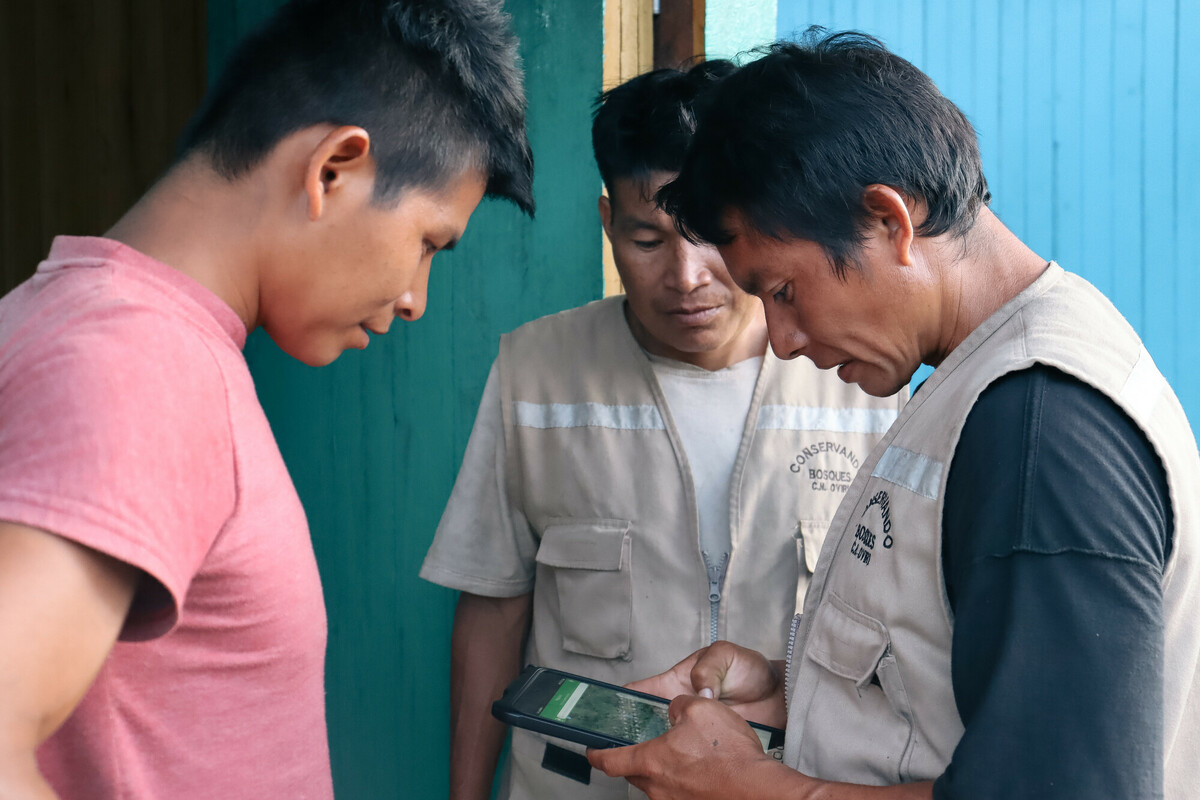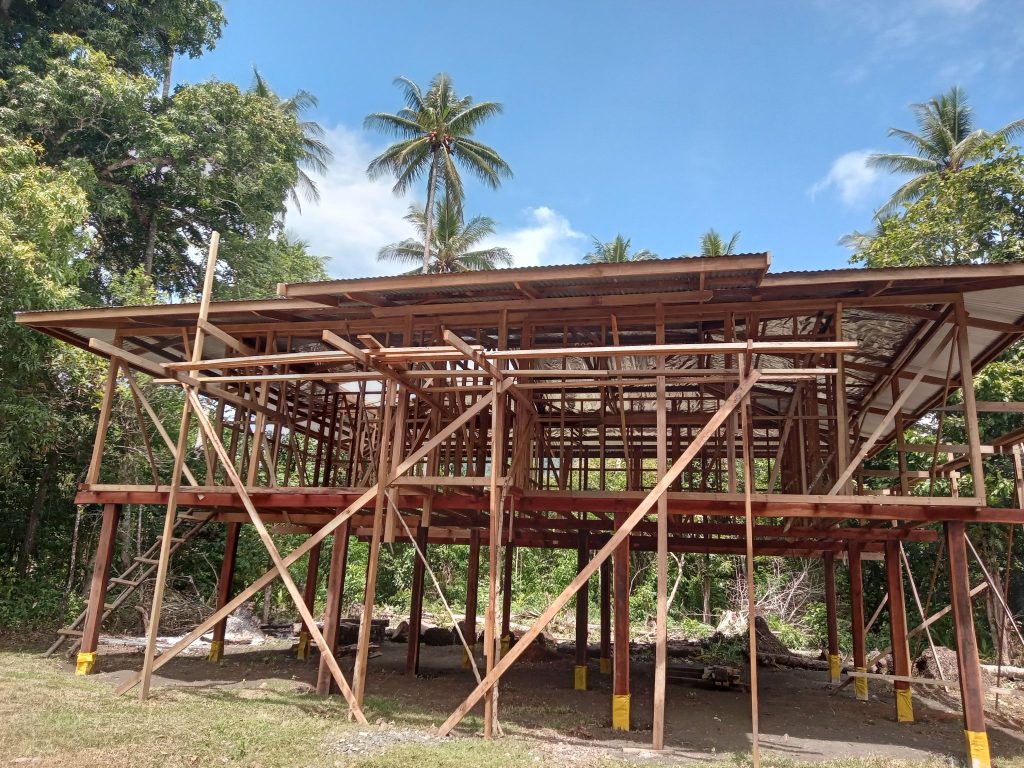
New Rainforest Lab in Papua New Guinea
It’s easier to take climate action once you know what you’re up against.
Did you know there are tiny Labs dotted around some of the world’s most remote rainforests, protecting the forest and communities from threats such as illegal logging and wildfires?
Our Rainforest Labs programme does just that.
How? By training up teams of Forest Monitors in Indigenous communities and providing them with the technology they need to access data on the state of their rainforests. We’re talking wifi access, digital devices, electricity and a base of operations for starters. This data then allows them to identify threats such as illegal logging and wildfires, so that the necessary steps towards finding solutions can be taken, and quickly.
“Satellites can pick up on fires from space in almost real-time. Amazing, right? We in the West are told how bad these fires are every year by academics and news outlets, but detailed information reaching local and Indigenous peoples is so much more useful. Filling this gap in the chain of information will arm our partners with the news, data and support they need to tackle not just fires, but other threats to their forest, livelihoods and lives.” – Matt Proctor, Forest Impacts Lead.


Construction taking place of a brand new Rainforest Lab in Wabumari.
Into the trees, out of this world and back again
After the success of our Rainforest Labs and forest monitoring projects in Peru (Hauracayo, and the other in Oviri), it’s time we took this initiative to our partnership communities in Papua New Guinea.
So we’re currently building a brand new Rainforest Lab in the community of Wabumari – our first in the country. As in Peru, this lab will involve training up a team of forest monitors and providing them with all the equipment and technology they need to monitor their rainforest and any threats to their land.
“It is important because it benefits the community by educating local youth, including primary and secondary schools and university students on the state of our land and the importance of our rainforest. It also helps the community to earn an income.” Liddie Lemaile, a resident of Wabumari.
So, what does the future of rainforest labs look like?
Making sure there are lots of them!
In Peru, we partner with an Indigenous organisation called Central Asháninka del Río Ene (CARE), who are working to prevent and fight forest fires that threaten Indigenous communities. We are working with CARE on eight Labs in Indigenous communities located along the Ene Valley in the Amazon rainforest, including Parijaro and Camantavishi.
We also work with them on a project called PAMAARI which focuses on training teams in 19 communities in the Ene River basin to detect and extinguish fires, improving fire management practices, and providing a monitoring and reporting centre.
The combination of Rainforest Labs with the ancestral knowledge of Indigenous peoples and local communities means we will see less widespread forest fires. Communities will be better prepared to respond to the disproportionate effects that the climate crisis brings to their territories.
